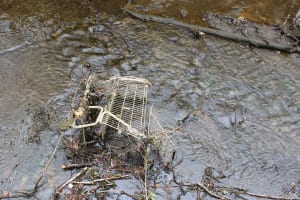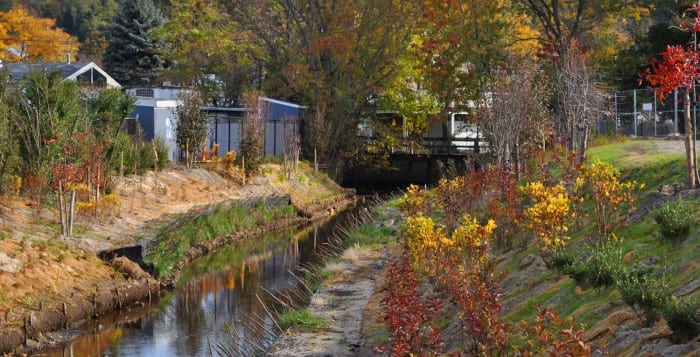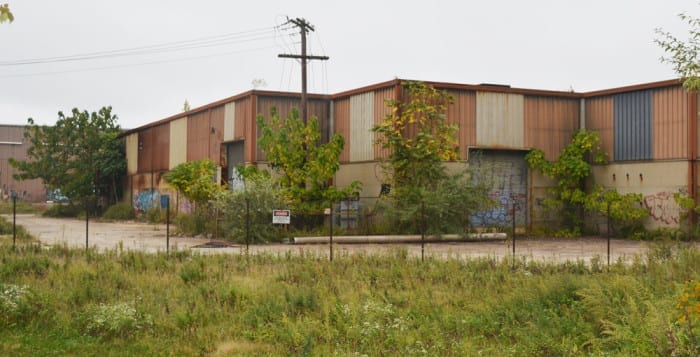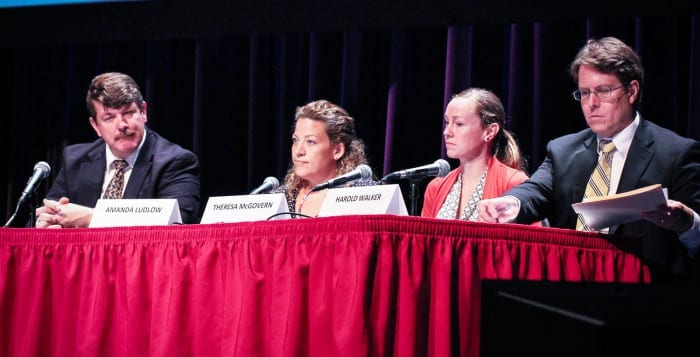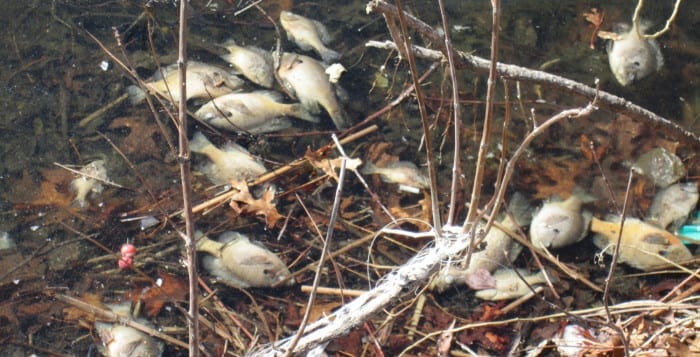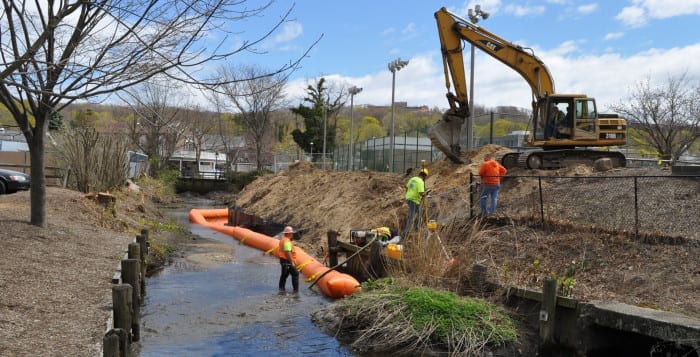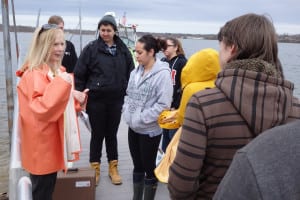By Talia Amorosano
After a month of increased algal blooms, reduced water quality and two of the most severe fish kills the county has ever experienced, Long Island scientists and officials have decided it is past time — yet about time — to address the issue of harmful nitrogen pollution in our waterways.
Hosted by the New York League of Conservation Voters Education Fund, a forum on water pollution in Suffolk County was held at Stony Brook University’s Charles B. Wang Center on June 23 to identify the core causes of nitrogen pollution and brainstorm functional, cost-effective technological solutions.
In his welcome address, Suffolk County Executive Steve Bellone (D) emphasized the gravity of the problem.
“This problem wasn’t created overnight, and it won’t be solved overnight,” he said. “Big challenges like this won’t be solved in election cycles.”
But he has noticed signs of progress.
“To see this group all coming together, saying we’re going to work to solve this problem, gives me great hope and optimism that we have actually turned the corner and we are now on the road to addressing our water quality issues in a real way.”
At the forefront of the technical and technological sides of this progress are panelists Walter Dawydiak, director of the Suffolk County Department of Health Services; Amanda Ludlow, a scientist at Roux Associates Inc.; Theresa McGovern, a water resources engineer at VHB; and Harold Walker, a professor of Mechanical and Civil Engineering at Stony Brook University.
Dawydiak identified unsewered septic flow as the main source of the nitrogen problem.
“Nitrogen, which we expected to level off, is not leveling off,” he said.
He noted that 85 percent of unsewered septic flow originates in residential areas.
“The elephant in the room is us.”
He said a change in health department standards for residential wastewater treatment — for the first time in 40 years — could mitigate the problem by regulating the installation, operation, and maintenance of septic systems. He referred to this proposed set of regulations as an example of policy driving the technology to where it needs to be.
“We need better technology in this area,” Walker said. “If we’re going to solve this problem, we need to expand the tool box that we have available. … We need to think about systems operating effectively for as long as possible, with little or no maintenance. That’s the challenge.”
Ludlow agreed, and emphasized the importance of implementing systems that treat nitrogen and other pollutants, like pharmaceuticals and hormones, on the 360,000 homes running on old systems: “Focus on technologies that affect all the constituents in our wastewater.”
McGovern said that a holistic yet specific approach to wastewater management would make improvements possible.
“We need to be consistent and science-based with the targets, yet still allow some flexibility,” she said. She suggested setting a universal — instead of concentration-based — limit on the amount of nitrogen allowed to remain in wastewater, while allowing households that consistently perform under that limit increased wastewater flow.
Of course, new technologies and oversight costs money. During the second panel discussion on funding proposals, Suffolk County Planning Commission co-chair David Calone suggested using Hurricane Sandy recovery funds to improve storm-water drainage and prevent sewage from entering waterways.
Dorian Dale, director of sustainability and chief recovery officer for Suffolk County, noted that, though the $16 million of Sandy relief money would cover some of the cost for improvements, it could not provide the minimum $8 billion necessary to replace 360,000 septic systems.
He said changing the tax on drinking water from a base price to one that reflects household usage could help close the gap.
Calone brought up the possibility of reaching out for federal funding and increasing the cap on private activity bonds to spur work on water quality issues.
“Involving the private sector is where we’ve shown a lot of leadership on Long Island,” said Anna Throne-Holst, Southampton Town supervisor. “It has to be a public/private partnership.”
The panelists were optimistic about the county’s ability to undertake the project.
“The last sewer project, 40 years ago, was rife with cesspool corruption,” Dale said. “I don’t think anybody’s going to have time for the shenanigans of the past.”
Throne-Holst expressed her faith that the public will remain informed and engaged on this issue.
“The public education process is well underway,” she said. “People are well aware of what a crisis this is.”

